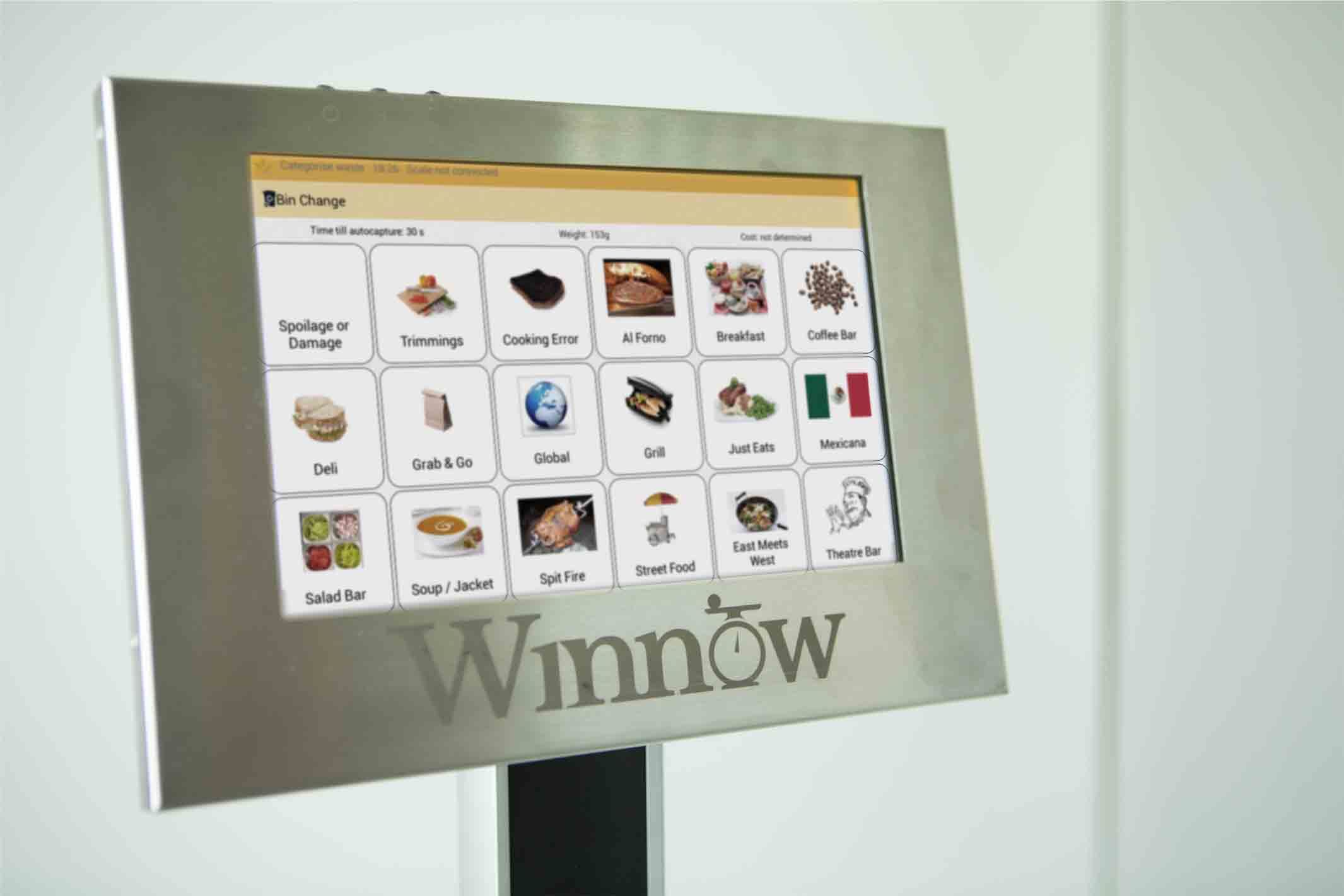Kitchen food waste measuring technology Winnow has been hard at work since we last covered them in January 2016. The company just announced a $12 million Series B funding round backed by Ingka Group, the parent company of IKEA, UK impact investor Mustard Seed, Circularity Capital, Swiss investment company D: Ax, and The Ingenious Group. The round follows an $8 million loan from The European Investment Bank, which brings Winnow’s recent capital raising efforts to $20 million.
“We are very excited about driving the business forward in our global fight against food waste and we are grateful for the continuous support of our investors. This year we’re launching our ground-breaking AI product Winnow Vision, and chefs using Winnow around the world are saving $33 million worth of food from going to waste annually,” Winnow co-founder and CEO Marc Zornes said in a press release announcing the funding. “We have set a target to save our customers $1 billion by 2025, and this investment will accelerate our technology development and business development approach to help achieve this ambition.
Food waste has become a laser-focus sustainability target for various groups, with several efforts aimed at pinpointing where most food waste takes place in our food system. The UN estimates that around $1 trillion worth of food is wasted in the production process or due to consumers. In the UK, where $16.7 billion worth of food is thrown away every year, the hospitality sector alone is wasting $3.2 billion of food.
Iowa City-based Winnow is hoping to put a cork in the kitchen food waste leak with its meters that measure the amount and type of food waste that a restaurant is throwing away each day. A touchscreen computer allows staff to select the type of food being tossed while also seeing the cost. The technology can be customized to each restaurant’s menu streamlining the process in the already busy back-of-house.
Its newest product, Winnow Vision, taps computer vision technology to track the food that is being thrown away and providing information to help the restaurant better manage its inventory decisionmaking. The product takes photos of wasted food as its thrown away and usees the images to train itself to recognize what has been tossed. Over time, kitchens using Winnow will enable their kitchens to automatically register food waste without any human interaction, according to the company.
One of the big initial challenges was convincing chefs how much was being thrown away. “Waste is one of these things that by definition is boxed and taken away quietly,” Zornes told The Guardian. “You ask people what they throw away and they say they think it’s 3-5% of what they buy, when the reality is somewhere between 5% and 20% – most of it happening before it even gets to a plate.”
Kitchens that adopt Winnow’s technologies tend to report a 40% to 70% reduction in food waste within six to 12 months, according to the startup, driving food cost savings between 2% to 8% in total, which also enhances profit margins and sustainability impact. Ikea recently stated that Winnow helped it save the equivalent of some 350,000 meals in an eight-month period.
“Winnow has been a strong partner on our journey to reducing food waste in our IKEA stores by 50% by 2020,” Ingka Investments managing director Krister Mattsson said in the press release. “This investment supports growth and creates new opportunities to further accelerate the positive impact of food waste prevention. We are focused to increase the use of digital tools and analytics to both create the IKEA store of tomorrow and to deliver on IKEA’s sustainability ambition.”
To date, Winnow has snagged some big-name clients including IKEA, Compass Group, hotel giant Accor, and the Armani Hotel in Dubai. The company claims that 1,000 restaurant locations are using its technology around the world across 40 countries. It was also selected as a food waste innovator and recipient of the Zero Hunger | Zero Waste Kroger Foundation Grant and named as the 78th fastest of Europe’s Fastest-Growing Companies.




